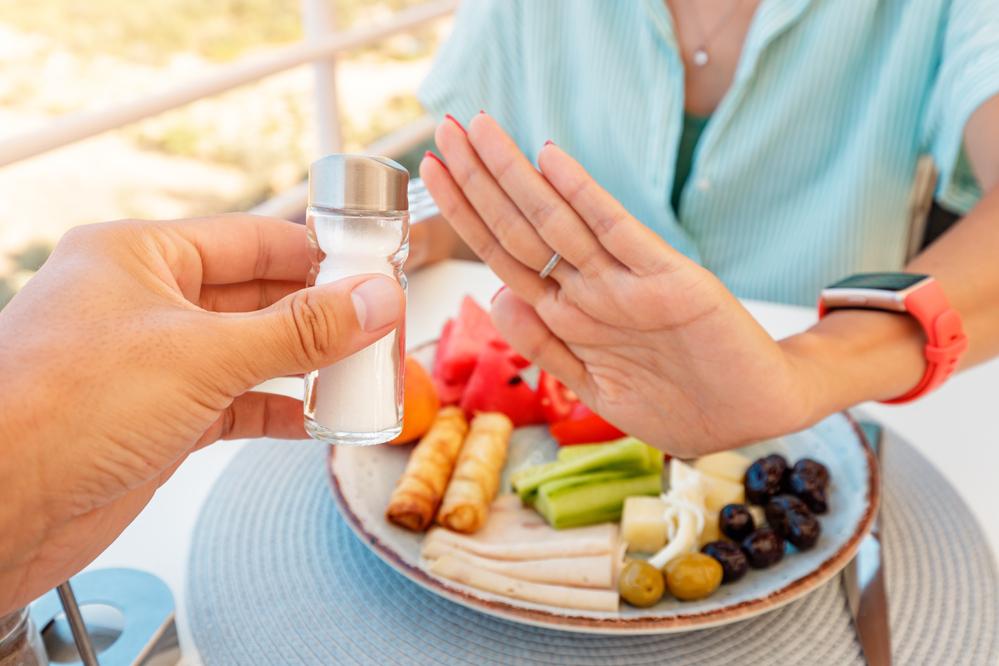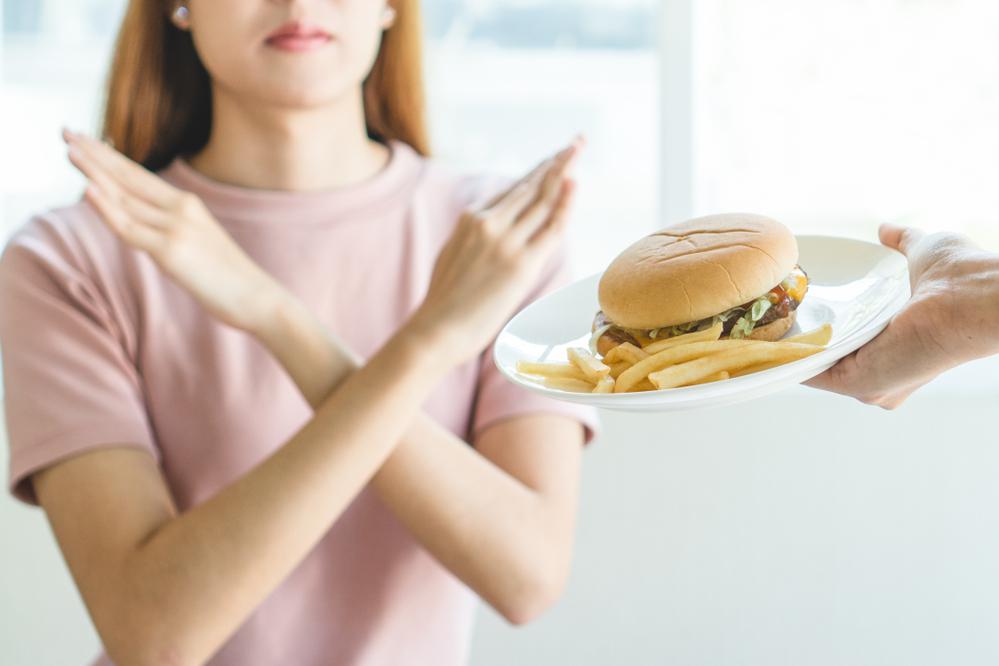
Diet “Table No. 10” is a therapeutic diet designed for the prevention and treatment of diseases of the circulatory system. The strategy for such nutrition comes down to the almost complete exclusion of salt and any fatty or processed foods. We asked experts what else the “Table No. 10” diet includes, what foods are allowed and not allowed, and other features of this dietary regimen.
- For what
- The essence of the diet
- What is possible
- What not to do
- Menu for the week
- Recipes
Rashid Songurov, functional diagnostics doctor and cardiologist at the European Medical Center (EMC);
Alina Gubanova, gastroenterologist at the Rassvet clinic.
What diseases require the “Table No. 10” diet?
According to the new classification, patients who have complications from the circulatory system are prescribed a low-calorie diet
“Table No. 10” is a special therapeutic diet developed for patients with cardiovascular diseases. Its author is the Soviet nutritionist Manuil Pevzner, who created a system of 15 numbered tables for various groups of disorders. In the middle of the 20th century, the Pevzner diet was widely used in medical practice, including in hospitals and sanatoriums. In particular, Table 10 was intended for the management of the following diseases of the cardiovascular system (1):
- circulatory failure type II and III;
- hypertonic disease;
- atherosclerosis;
- decompensated heart failure;
- cardiac ischemia.
In the current dietary recommendations of the Ministry of Health, there are no numbered tables according to the Pevzner system. Since 2003, these have been replaced by standard diets for broad groups of diseases (2). According to the new classification, patients who have complications from the circulatory system are prescribed a low-calorie diet (LCD). Its principles are similar to those developed by Pevsner, but some modern dietary recommendations differ from what was accepted half a century ago.

The essence of the diet “Table No. 10”

If you are overweight, limit your caloric intake and introduce moderate physical activity.
The essence of the “Table No. 10” diet is to reduce the amount of fat, carbohydrates and table salt in the diet. Daily nutrition according to Pevzner is based on the balance of these substances, as well as limited caloric content. The composition of the classic diet “Table No. 10” looks like this (1):
- 2500-2800 kcal;
- 75-80 g protein;
- 65-60 g fat;
- 400-450 g carbohydrates.
The “Table No. 10” diet has a modification – “10a”, for severe circulatory disorders. Its main difference is less protein, lower levels of carbohydrates and fats, and fluid restriction. Chemical composition of the diet “Table No. 10a”:
- 1500-1800 kcal;
- 50-60 g protein;
- 60 g fat;
- 300-350 carbohydrates.
The basic nutritional principles for the “10” and “10a” diets are in many ways similar to other number tables:
- Fractional meals. Food is taken in small portions up to six times a day at regular intervals. The last meal is no later than four hours before bedtime.
- Water balance. The total amount of fluid per day is up to 1.8 liters. (in the “10a” diet – up to 1.2 liters per day).
- Limiting salt. All dishes are prepared without adding salt; its content in products during the day should not exceed 1.5 g.
- Cooking method. Food is boiled, stewed, baked or steamed. Fried foods, as well as fast food and deep-fried foods are prohibited. In the “Table No. 10a” diet, dishes are served pureed and chopped.
- Rest mode. Daytime rest for heart patients is recommended before lunch, since after eating it is difficult for such people to lie down due to unpleasant sensations in the epigastric region and possible attacks of suffocation (cardiac asthma).
What is possible with the “Table No. 10” diet

The diet for cardiovascular diseases should contain antioxidants, including vitamins A, C, E and folic acid
In the “Table No. 10” diet, priority is given to easily digestible foods that do not cause bloating, as well as foods high in potassium salts, calcium and vitamins. What products are allowed in Table 10:
- white bread, salt-free;
- vegetable and cereal soups;
- lean meat, steamed;
- soft-boiled, hard-boiled and steamed omelettes (in limited quantities);
- dairy products – cottage cheese, sour cream;
- crumbly porridge;
- casseroles;
- pasta dishes;
- any vegetables;
- fruits, including dried;
- weak tea, compotes without sugar.
What is not allowed on the “Table No. 10” diet

Lipids in the diet should account for no more than 30% of the calorie intake with a limitation of animal fats
In the “Table No. 10” diet, first of all, foods that stimulate the cardiovascular system and have a bad effect on the liver are excluded. Here are some of them (1):
- fatty meat and fish;
- strong broths, including fish and mushroom;
- canned food, smoked meats, lard;
- meat by-products,
- strong tea and coffee;
- alcohol and sweet sodas;
- spices;
- vegetables rich in essential oils: onions, garlic, horseradish;
- fatty dairy products;
- limited eggs, cream;
- fast food, deep-fried food, processed foods;
- chocolate, puff pastry.
Diet “Table No. 10”: menu for the week
The diet for cardiovascular diseases should contain antioxidants, including vitamins A, C, E and folic acid
When compiling a diet, according to Alina Gubanova, you can be guided by the “plate rule”:
- diameter of the dish – 20-22 cm,
- dish height – 2 cm;
- 1/2 plate – vegetables or fruits,
- 1/4 plate – carbohydrates,
- 1/4 of the plate is protein.
Example of a menu for the day “Table No. 10” according to Pevzner
| Time | Composition of dishes |
|---|---|
| 8.30 (breakfast) | Butter 5 g, cottage cheese 75 g, sour cream 20 g, semolina porridge with milk 50 g (cereals), a glass of tea with apple, white bread 250 g (for the whole day) |
| 11.00 (snack) | Soaked dried apricots 30 g |
| 13.00 (lunch) | Vegetarian borscht with cranberries and boiled, finely chopped onion 250 g, boiled meat (100 g) in sauce with vegetables, fresh or canned tomato 50 g, applesauce 100 g |
| 17.00 (afternoon snack) | A glass of tea with jam (30 g) |
| 19.00 (dinner) | Omelette of two egg whites, stewed potatoes with prunes 200 g, half a glass of tea with milk |
| 21.00 (late dinner) | Half a glass of milk with sugar |
